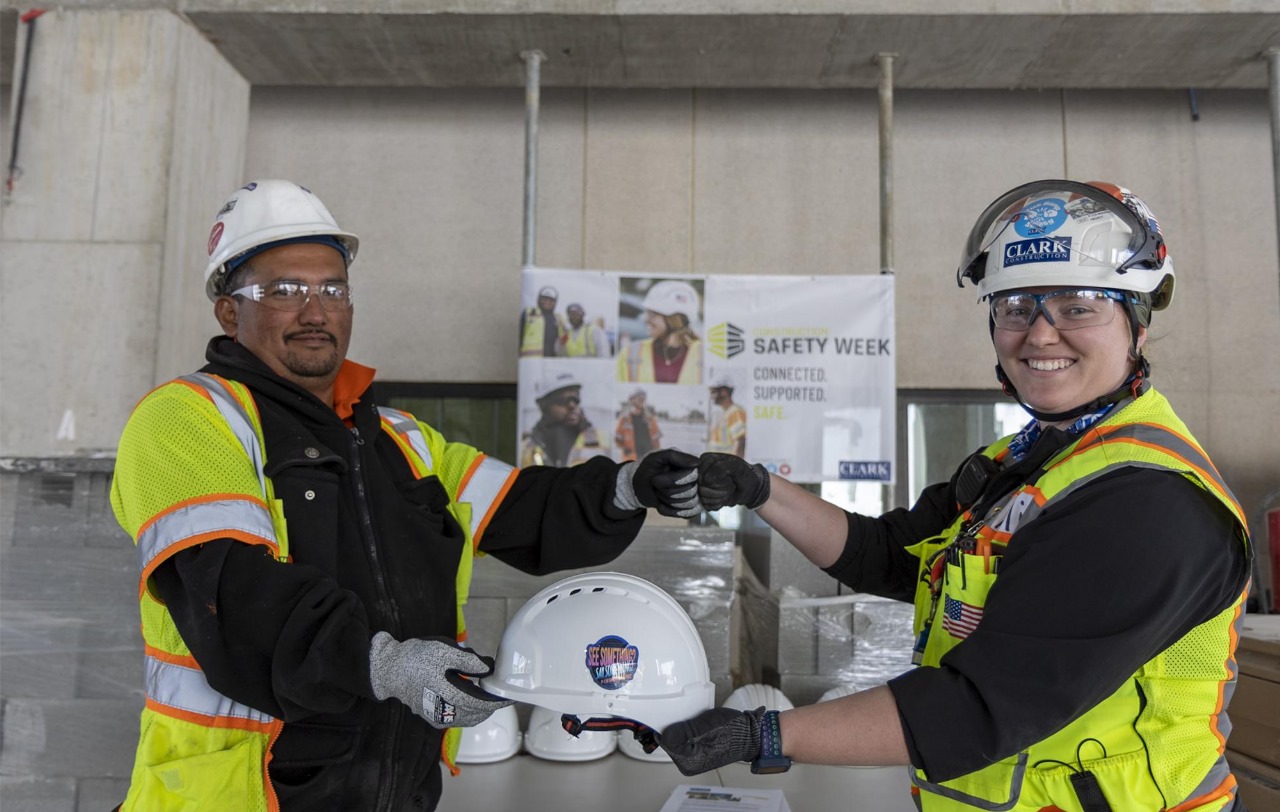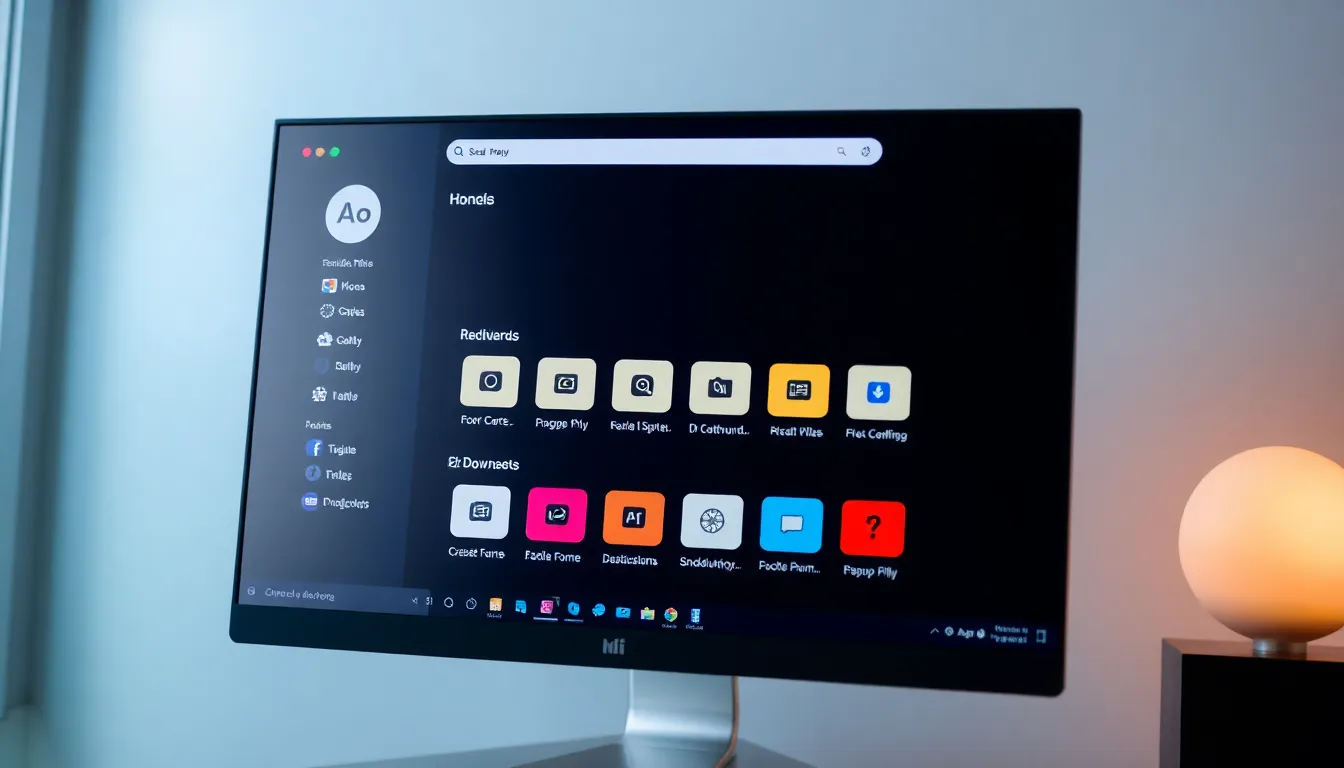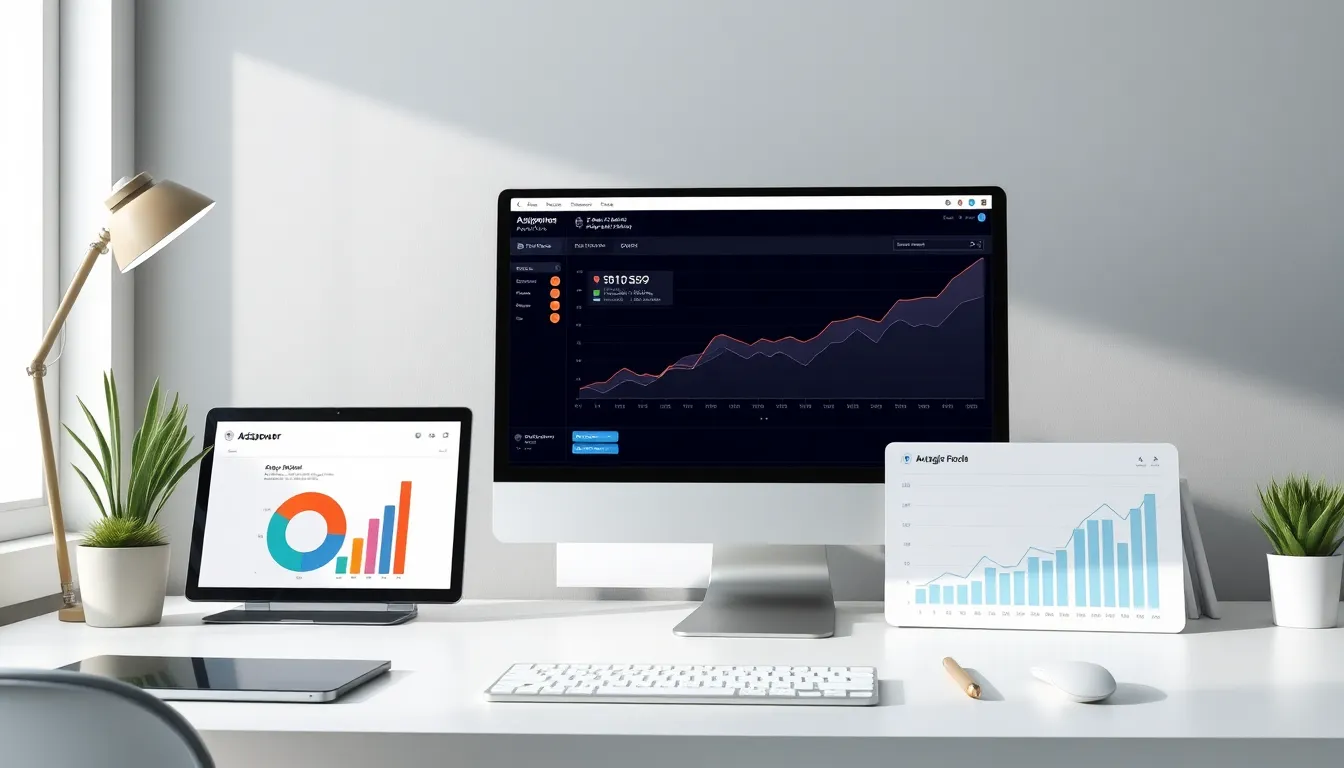Introduction: Bridging Innovation with Tradition
The skilled trades industry has long been defined by hands-on expertise, practical knowledge, and years of experience. However, as technology continues to advance, the intersection between digital tools and traditional trades becomes more significant. One of the most transformative tools entering this space is Arduino—a microcontroller platform known for its accessibility and flexibility. From electrical work to HVAC systems and even plumbing, arduino is revolutionizing how skilled tradespeople approach their craft.
What is Arduino?
Arduino is an open-source electronics platform based on easy-to-use hardware and software. Originally designed for prototyping and education, Arduino has grown into a global community and ecosystem used by hobbyists, educators, engineers, and now, increasingly, by skilled trades professionals. Its basic components include a programmable circuit board (microcontroller) and an Integrated Development Environment (IDE) for writing code.
Why Arduino Matters in the Skilled Trades
H3: Real-Time Problem Solving
Skilled trades often require on-the-spot problem-solving. Arduino provides an innovative way to test systems, automate processes, and diagnose issues in real time. For example, electricians can use Arduino boards to simulate load conditions or test circuits before actual installation.
H3: Cost-Effective Innovation
Traditional automation systems and monitoring tools can be expensive. Arduino, on the other hand, offers a cost-effective alternative. Its components are affordable, and the open-source nature means there’s a wealth of free resources and community support available.
H3: Enhanced Precision and Monitoring
With sensors, actuators, and simple coding, Arduino enables tradespeople to add real-time monitoring and control features to systems like HVAC units, water pumps, or electrical panels. This allows for predictive maintenance, energy efficiency, and system optimization.
Applications of Arduino Across Skilled Trades
H3: Electrical Work
Electricians can leverage Arduino to prototype lighting systems, test voltage and current sensors, and even create smart home solutions. Projects like automated switchboards or motion-sensor lighting can be created with minimal investment.
H3: Plumbing
Although traditionally a manual trade, plumbing is becoming more tech-integrated. Arduino can help monitor water pressure, detect leaks, and control smart irrigation systems. These capabilities reduce maintenance calls and save water.
H3: HVAC
HVAC technicians benefit greatly from Arduino applications, especially in areas like temperature control, fan regulation, and energy usage tracking. By using Arduino, techs can simulate HVAC performance or troubleshoot faulty systems more efficiently.
H3: Welding and Fabrication
Fabrication experts can incorporate Arduino to automate repetitive welding tasks, control robotic arms, or monitor safety conditions. These integrations improve efficiency and reduce human error.
H3: Carpentry and Automation
In carpentry, Arduino can power automated measuring tools or safety systems for power tools. It can also be used in workshop environments to manage ventilation, lighting, or tool inventory.
Educational Value for Trade Schools and Apprenticeships
H3: Teaching the Basics of Automation
Incorporating Arduino into trade school curricula introduces apprentices to basic programming, electronics, and automation—skills increasingly in demand in modern job markets. These foundational skills prepare students for the future of smart buildings and connected infrastructure.
H3: Hands-On Learning
Arduino encourages experimentation, allowing students to build real-world projects. From a simple light switch to a complex HVAC simulator, learners can visualize the effects of their coding and hardware adjustments in real time.
H3: Bridging the Skills Gap
With the ongoing labor shortage in skilled trades, training workers with Arduino proficiency can create a new generation of hybrid professionals who combine mechanical skills with digital literacy.
Integrating Arduino in Daily Trade Work
H3: Prototyping Before Implementation
Tradespeople can use Arduino to prototype and test systems before implementing them on-site. This ensures that projects are functional, efficient, and tailored to the specific needs of clients.
H3: On-Site Troubleshooting
Portable Arduino setups allow technicians to troubleshoot problems with live data. For example, an HVAC system that intermittently fails can be monitored using Arduino sensors and data logging to pinpoint the issue.
H3: Automation for Efficiency
Routine tasks such as pump control, light scheduling, or system resets can be automated using Arduino, reducing labor time and increasing consistency in service delivery.
Success Stories from the Field
Several professionals and companies in the skilled trades have begun incorporating Arduino into their work with notable success.
- A small HVAC business developed a custom thermostat system using Arduino, saving on costly commercial systems.
- A plumbing contractor used Arduino-controlled sensors to detect and alert clients about water leaks in real time.
- An electrical apprentice built a working model of a smart breaker panel for their final project, demonstrating in-depth understanding and technical creativity.
These examples highlight how Arduino is no longer just a hobbyist’s tool but a legitimate asset in the trades.
Getting Started with Arduino in the Trades
H3: Essential Tools and Components
To begin using Arduino, tradespeople need a few basic tools:
- Arduino board (e.g., Uno, Mega, Nano)
- Breadboard and jumper wires
- Sensors (temperature, pressure, motion, etc.)
- Actuators (relays, motors, LEDs)
- A laptop with the Arduino IDE
These kits are widely available and often cost less than a few hundred dollars, making them an accessible investment.
H3: Learning Resources
Free and paid resources are available to help beginners and professionals learn how to use Arduino:
- Online tutorials and forums (e.g., Arduino.cc, Instructables)
- Trade-focused YouTube channels
- Courses tailored to technical education and trades
- Community colleges and vocational training centers offering introductory classes
H3: Safety and Standards
It’s crucial to integrate Arduino within the safety standards of the trade. For instance, low-voltage Arduino components should never be used directly with high-voltage systems without proper isolation and relays. Always consult relevant codes and safety practices.
The Future of Skilled Trades with Arduino
As smart technologies become integral to construction, building maintenance, and system repair, the role of Arduino in the skilled trades will only expand. Professionals who embrace this technology now will be better positioned to meet future demands, differentiate themselves in the market, and provide enhanced services.
Automation, data collection, and smart control are no longer exclusive to large companies or advanced engineering departments. Arduino puts this power directly into the hands of skilled tradespeople.
Conclusion
The integration of Arduino into the skilled trades signals a transformative shift—bringing automation, intelligence, and innovation to the very tools and systems that define our modern infrastructure. As professionals adapt to new technologies, Arduino stands out as an essential bridge between traditional craftsmanship and modern engineering.



